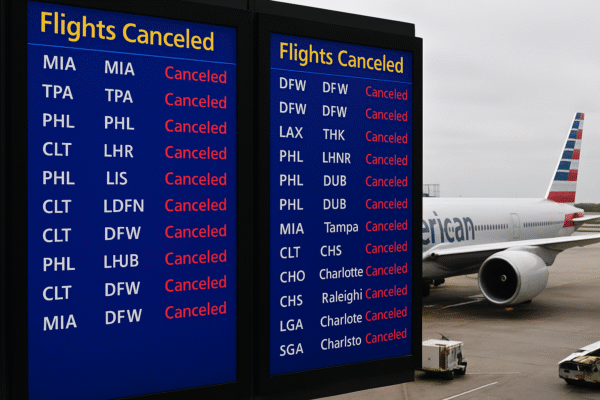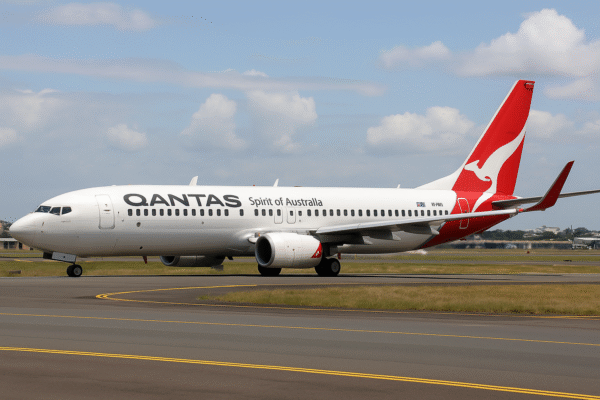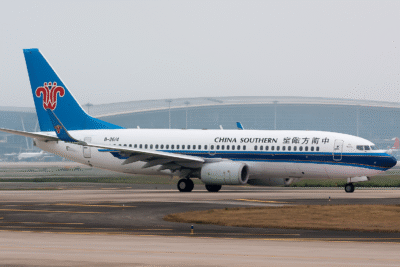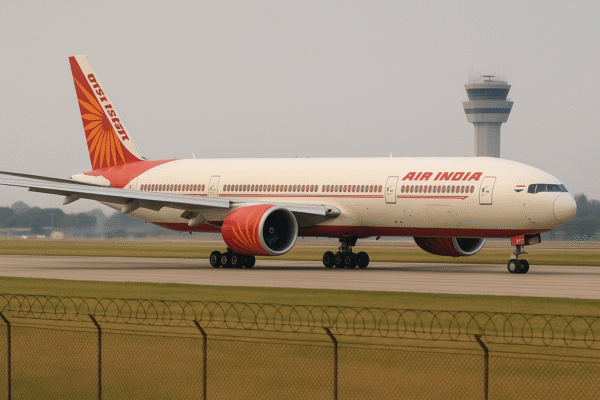In a dramatic reflection of heightened regional tensions, Pakistan has shut its skies to Indian‑registered aircraft—a decision with significant economic and travel repercussions. Between April 24 and June 30, 2025, the Pakistan Airports Authority (PAA) reported an overflight revenue shortfall of approximately $14.4 million (Rs 4.1 billion). This loss corresponds to a nearly 20% decline in daily transit traffic, tallying up to 100–150 disrupted flights every day. The figures underscore not just a financial setback, but a profound ripple across aviation and tourism networks. This move marks a continuation of “Operation Sindoor,” itself a calculated response to the suspension of the decades‑old Indus Waters Treaty.
While the economic hit is tangible, Pakistani authorities emphasize that the closure was driven by national security and sovereignty, not financial motives. Overflight and aeronautical fees remain unchanged, and government bailouts or tariff hikes have been avoided. In essence, the revenue loss reflects foregone potential, not added expenses.
The current disruption isn’t confined to India alone. Several international airlines—including Emirates, Qatar Airways, and British Airways—have also been forced to reroute flights around Pakistan to avoid restricted zones. The detours have increased both flight durations and fuel costs, impacting schedules to global hubs like Dubai and Doha.
Adding another layer of complexity, Islamabad International Airport is currently implementing a daily airspace closure from 11 am to 1 pm, lasting until August 14. This routine interruption affects sectors to Lahore and northern regions up to a flight level of FL210, resulting in delays to multiple international arrivals and departures and inconveniencing thousands of passengers.
For travelers, these developments demand proactive planning. Flight statuses should be checked regularly, and flexible booking options are strongly advisable. Given possible delays or reroutes, alternative ground transport services, like verified hire‑a‑car platforms, are becoming essential—especially for reaching destinations within Pakistan itself.
Tour operators are already feeling the strain. Reports indicate surging airfares, particularly for routes to Central Asia, the Gulf, and religious pilgrimage destinations—prompting many to cancel or rebook for more affordable alternatives. Countries in Southeast Asia, like Thailand and Malaysia, are emerging as preferred options for budget‑sensitive travelers.
Looking ahead, tourism authorities see a pressing need to diversify access points and promote domestic tourism. Enhancing land-based corridors and overland connectivity can help offset disruptions in air travel. At the same time, renewed diplomatic efforts and potential policy shifts offer hope for restoring stability in regional aviation soon.
Despite current challenges, Pakistan’s abundant cultural heritage, breathtaking landscapes, and welcoming hospitality still beckon. For determined travelers and industry stakeholders, maintaining vigilance, flexibility, and adaptability remains the key to staying connected with this captivating destination—no matter how the skies shift.
For more travel news like this, keep reading Global Travel Wire
















